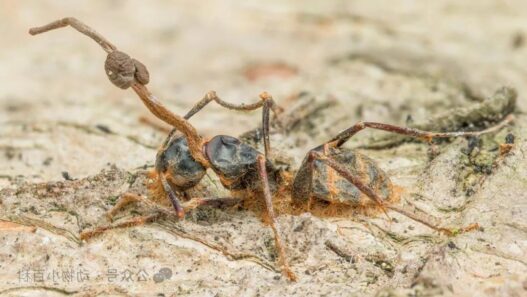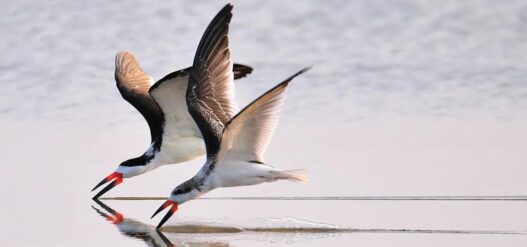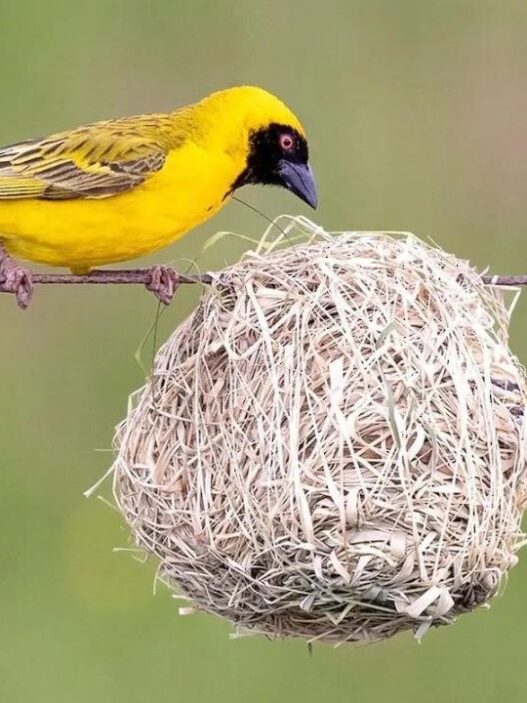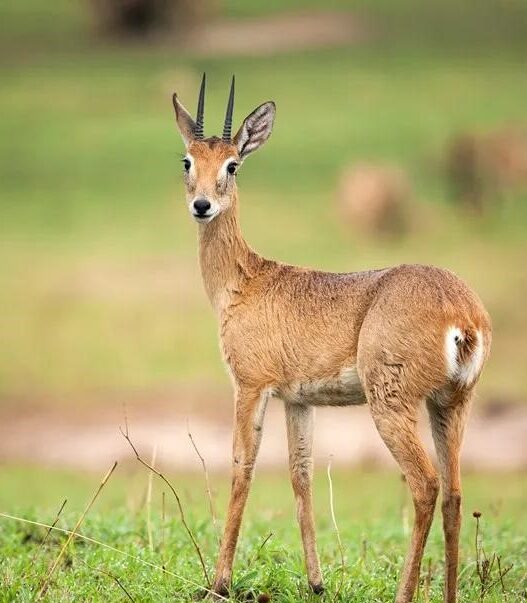When evolution decides to give an animal a special talent, it often takes an unconventional route. In the bird world, there are species with beaks that not only look extraordinary but also function in mind-blowing ways. These birds combine practicality and style in their unique beak designs, whether they are snatching fruit from high branches or hunting fish in the water. Each bird’s beak serves a special purpose, showcasing nature’s creativity.
Here are 15 birds with “incredible beaks” that will astound you:
1. Black Skimmer
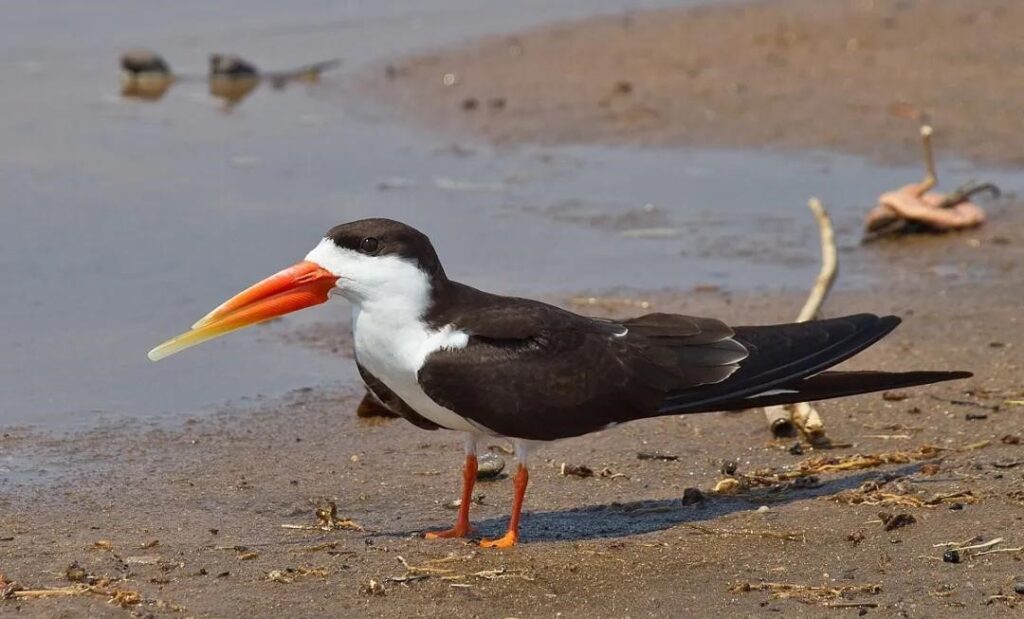
The Black Skimmer is an intriguing bird known for its highly unusual beak. Its lower mandible is much longer than the upper, creating a sleek and narrow shape. While flying just above the water’s surface, the bird drags its long lower beak through the water. As soon as it touches a fish, its beak snaps shut instantly, making it the only bird in the Americas that uses this “skimming” technique for feeding.
2. Rhinoceros Hornbill

The Rhinoceros Hornbill is as imposing as its name suggests. This bird features a large casque, a helmet-like structure made of keratin, which resembles a rhino’s horn. Not only does this structure help it reach high fruits, but it also amplifies its calls, allowing it to communicate more effectively. The rhinoceros hornbill is commonly found in the rainforests of Southeast Asia, particularly in Borneo, Java, and Sumatra.
3. Roseate Spoonbill
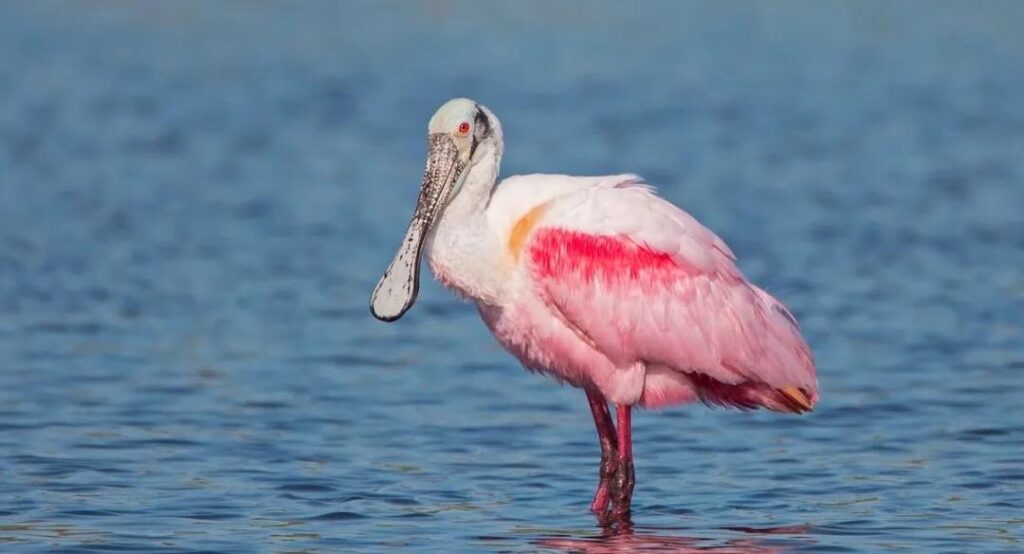
With its distinct pink feathers and spoon-shaped beak, the Roseate Spoonbill is a bird that certainly grabs attention. Its wide, flat beak is perfectly designed for filtering small prey in shallow waters. As it moves through the water, it swings its beak from side to side, catching small fish, crustaceans, and insects. Interestingly, the bird’s vibrant pink feathers are likely due to the pigments in its diet.
4. Red Crossbill

The Red Crossbill stands out among other finches with its beak that crosses at the tips, creating a distinct “X” shape. While this may look like a deformity, it is actually an essential tool for extracting seeds from tightly closed pinecones. The crossbill uses its unique beak to pry open the scales of the cones, making it a master at foraging in coniferous forests.
5. Shoebill
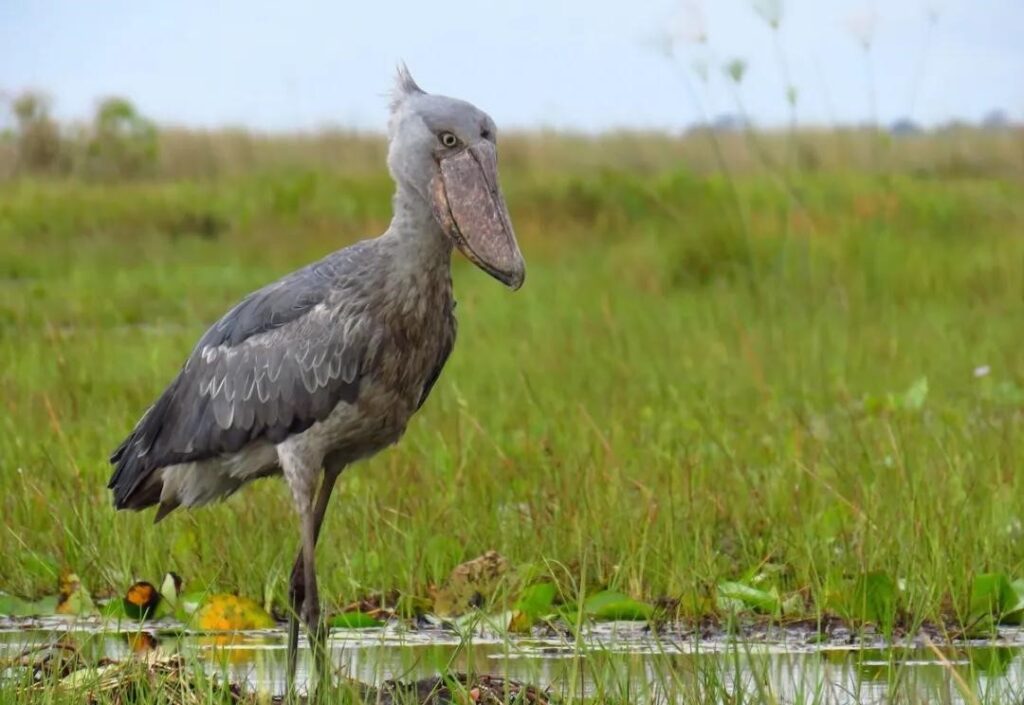
The Shoebill, a giant bird found in Africa, is known for its enormous, shoe-shaped beak. The beak is wide, thick, and very effective for catching fish and clearing water plants. The sharp edges allow it to easily grab and hold prey, while the hook at the tip helps it pierce and crush its food. Shoebills also use their beaks to communicate by making clattering sounds.
6. Long-Billed Curlew
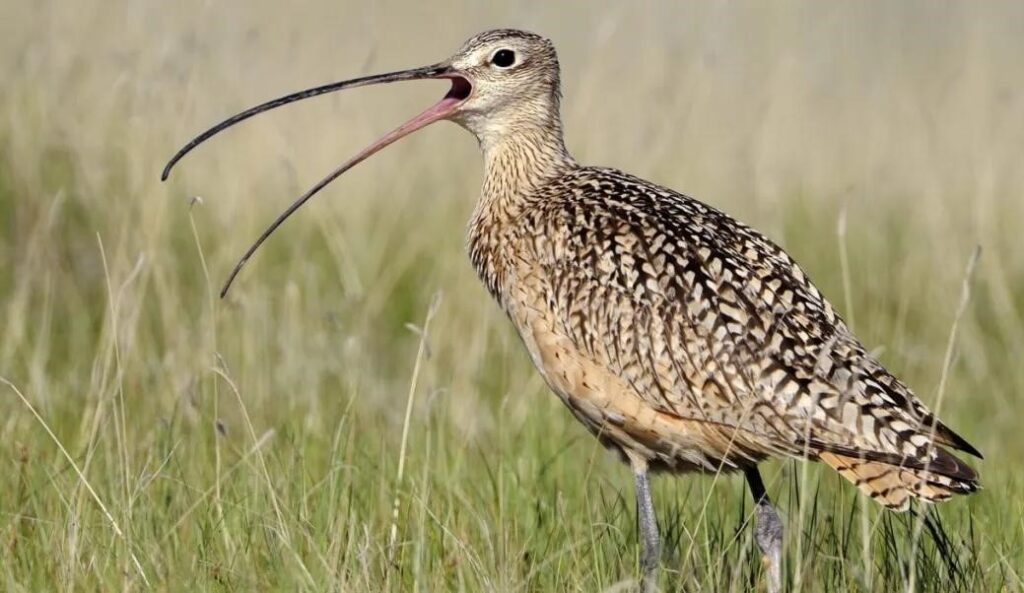
The Long-Billed Curlew is a coastal bird found in North America, easily recognizable by its long, downward-curved beak. This specialized beak allows it to probe deep into mud flats for crabs and shrimp. It can also dig for worms in grasslands. Female curlews tend to have longer, more curved beaks than males, giving them an advantage when foraging.
7. Sword-Billed Hummingbird

The Sword-Billed Hummingbird has the longest beak-to-body ratio of any bird species. Its beak is so long that it can’t use it to preen, and instead, it relies on its feet to clean itself. Despite this drawback, the long beak allows it to feed on deep flowers that no other hummingbird can reach, thriving in the high altitudes of South America.
8. Great Hornbill
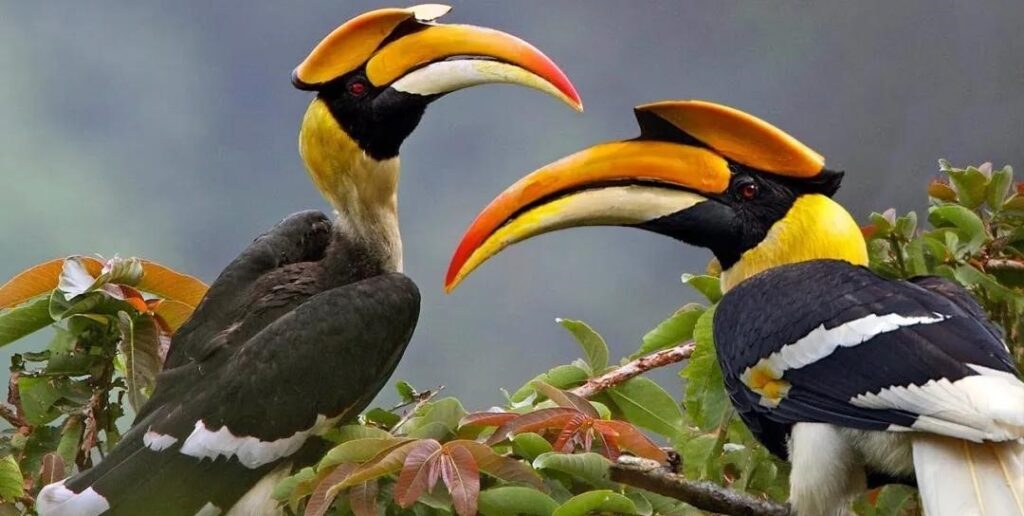
The Great Hornbill is another bird with a strikingly large beak. It has a massive casque, a hollow structure on top of its beak that serves both as a display feature during courtship and as a weapon in aerial battles between males. This bird is commonly found in the tropical rainforests of Southeast Asia, where it nests in tall, ancient trees.
9. Toco Toucan
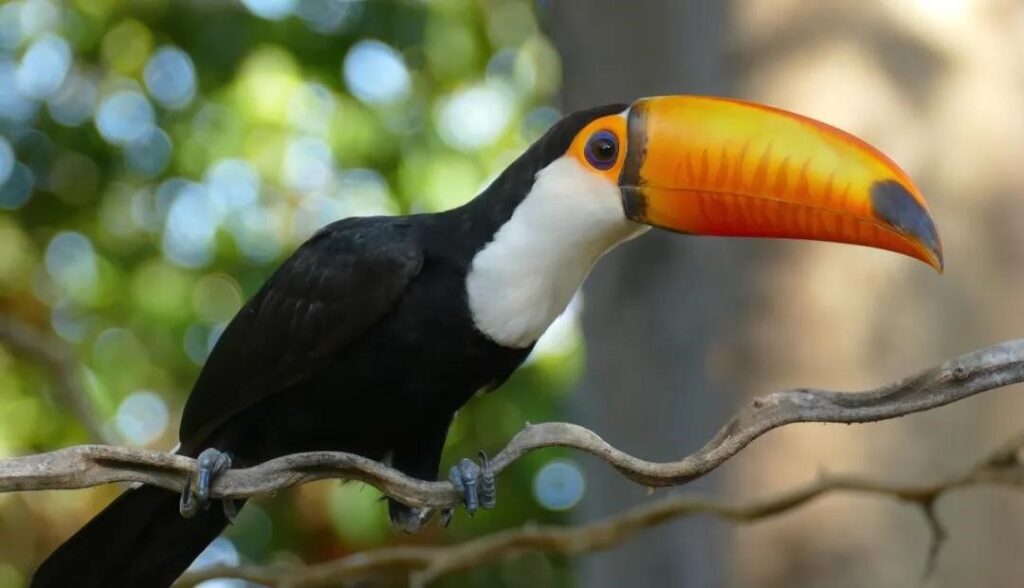
The Toco Toucan is the bird that immediately comes to mind when thinking of large beaks. Its beak makes up 30% to 50% of its body surface area, which looks enormous. However, the beak is very light because it is made of hollow keratin. This large beak is not just for grabbing fruit but also for peeling skins, defending against threats, and even controlling its body temperature by adjusting blood flow to the beak.
10. Keel-Billed Toucan
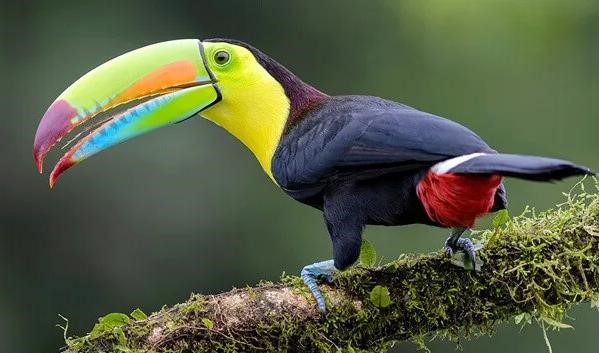
Also known as the Rainbow-Billed Toucan, this bird’s vibrant beak covers about a third of its body length. It’s not only used for feeding but also plays a role in deterring predators and competitors. These colorful toucans are found in the humid forests of Central and South America, where they live in groups and nest in tree cavities.
11. American White Pelican
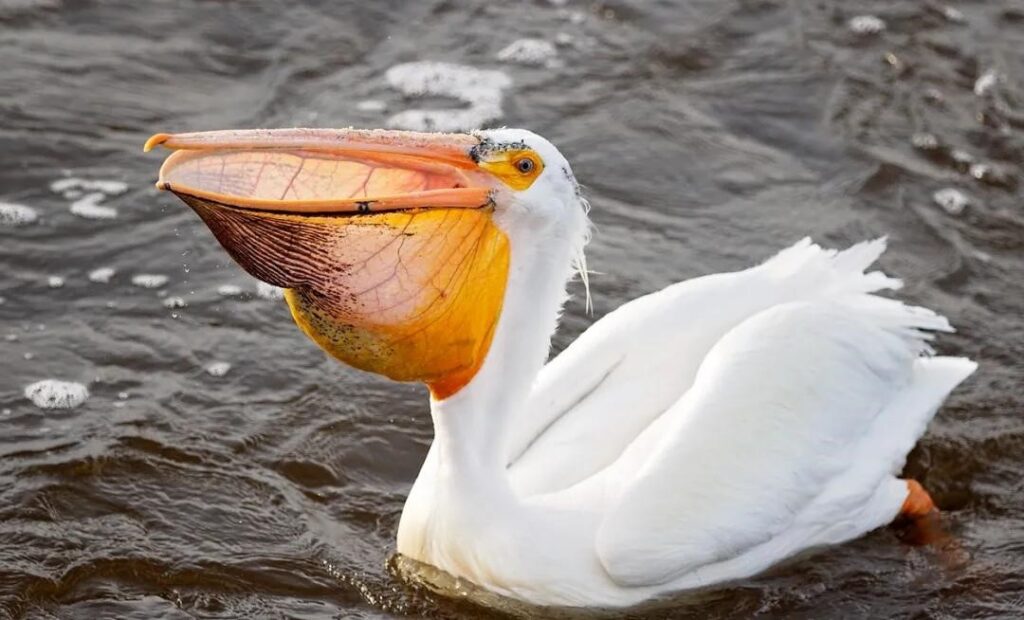
The American White Pelican is easily recognized by its large, net-like throat pouch, which it uses to scoop up fish while swimming. Unlike the Brown Pelican, which dives to catch its prey, the American White Pelican feeds more like a duck, flipping over to scoop fish. During breeding season, a horn-like projection grows on its upper beak, which falls off once the eggs are laid.
12. Flamingo
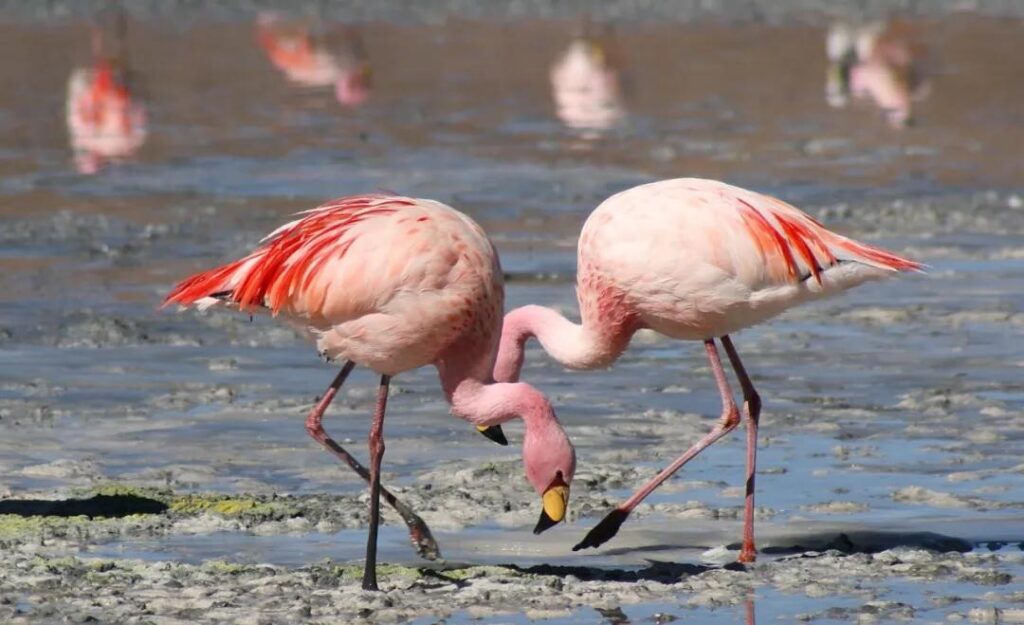
The Flamingo has a distinctive upside-down beak. Inside, it has comb-like structures called lamellae that help it filter out small food like crustaceans and algae from the water. This feeding method is similar to the baleen plates in whales, showing how nature repeats successful designs across species.
13. Kiwi
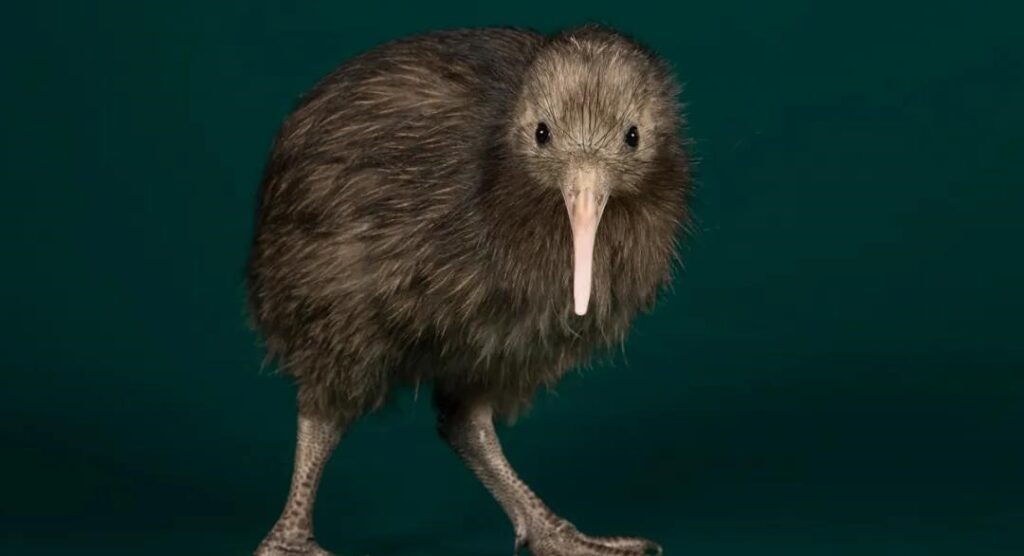
The Kiwi is a unique bird from New Zealand with nostrils located at the very tip of its beak. This unusual feature gives it an exceptional sense of smell, which it uses to locate underground prey like worms. The Kiwi relies on its keen sense of smell to hunt at night, using its beak as a lever to dig and unearth food.
14. Atlantic Puffin

The Atlantic Puffin is often called the “clown of the sea” due to its colorful beak and playful appearance. However, its beak is also highly functional, allowing it to carry up to 10 small fish at once. The serrated edges and flexible tongue inside the beak allow the puffin to hold its catch. As puffins age, their beaks grow more colorful and complex.
15. American Avocet
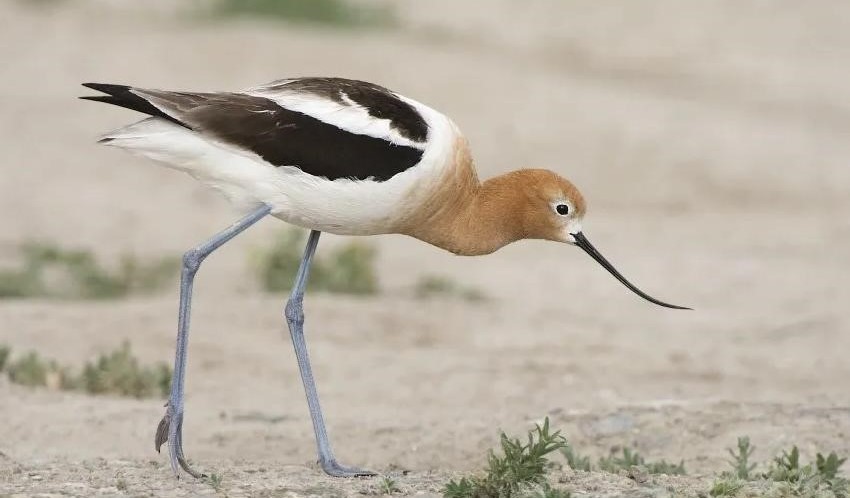
The American Avocet is a beautiful bird with a long, slender, slightly upturned beak. It uses its beak to sweep from side to side in shallow waters while foraging for small invertebrates. Though it looks delicate, this bird will fiercely defend itself from predators like hawks and crows.






